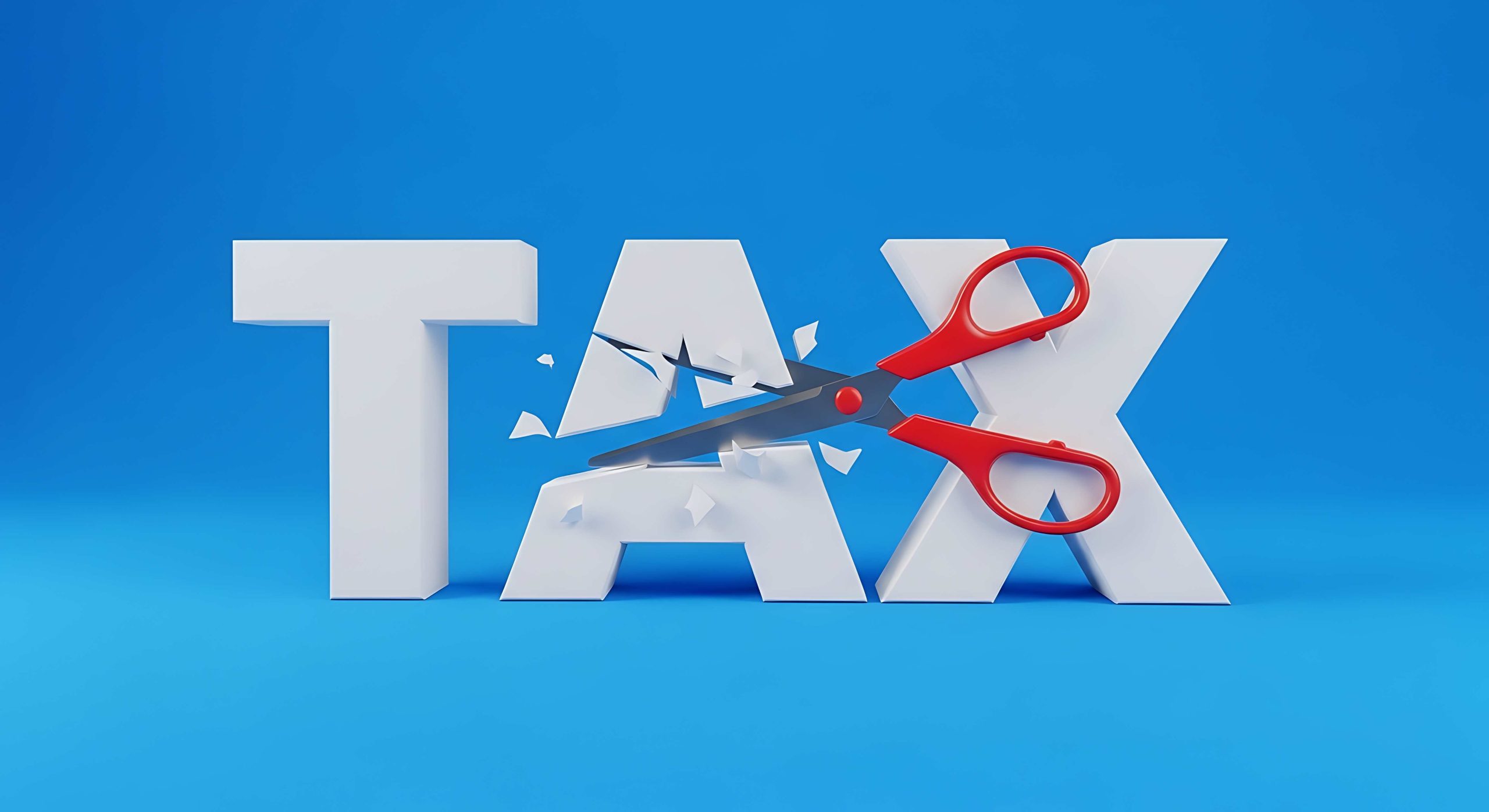The Question: I have $21,105 taxable interest income before taking personal exemptions and $3,862 in pension income. I’m 72 and receive Social Security retirement benefits. I’m excluding the $3,862 on Line28a. For Line 28b, “Other Retirement Income Exclusion,” what is the rule for that? Worksheet D specifies a $60,000 exemption amount. Do I put the difference on that line, which would net any income down to zero? Does that sound right?
— Taxpayer
The Answer: Based on the information you provided, it does sound right.
The Other Retirement Income Exclusion (ORIE) amount is used primarily by taxpayers who do not completely use up their entire pension exclusion from Worksheet D.
“Eligibility for the Other Retirement Income Exclusion is similar to the pension exclusion, with the additional criteria for the ORIE being that your or your spouse cannot have earned income from a job, partnership income, income from a trade or business or S Corporation income that exceeds $3,000 for the year, or or income except that if you or your spouse have earned income and who otherwise would qualify for the exclusion amount,” said Howard Hook, a certified financial planner and certified public accountant with EKS Associates in Princeton.
He said because you did not mention in your example any wages or income from partnerships, S Corps, and so on, so you would qualify to include your $21,105 of taxable interest income as part of the ORIE.
This question was submitted to Ask NJ Money Help, and answered by Senior Wealth Advisor Howard Hook, CFP®, CPA.



